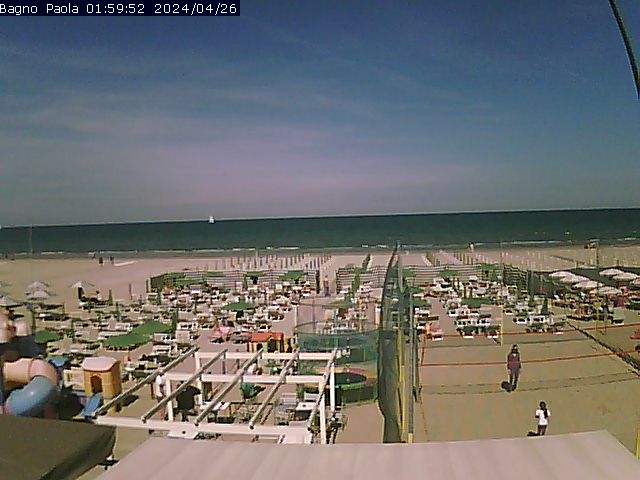Live camera Padova, Italy

Padova is a relatively large city (population over 200 thousand), located in the Veneto region, in northeastern Italy. This is an ancient city with a history of about 3 millennia. And although the city was significantly damaged by the bombing of the Second World War, many monuments have been restored, so that the city has not lost its charm. Find your way around the city of Padova: The Bacciglione river flows through the city, forming a wide bend. The cape, formed by a bend, is cut by the Pontecorvo Canal, and the oldest part of the city is surrounded by water from all sides. The fortress walls partly repeat the outlines of the formed island, but cover a large territory, including the canal itself and a section of the left bank (Bacciglione).
Watch camera online in Padova
Almost all the sights are concentrated inside the ring of city walls on the right bank of the river. The railway station is located outside the fortress walls. from it in the direction of the center (to the south) there is a wide highway, which starts as corso del Popolo, but then changes its name several times. from the train station to the Eremitani church, the museum of the same name and the famous Scrovegni chapel - about 10 min. Padov's story: The ancient city of Padova is located in the northeastern part of the Padan plain, 25 km from the Adriatic coast, 46 km from Venice. According to legend, the first settlement on the site of Padua was founded in the X century BC. e. Trojan Hero Antenor.
In the VI century BC. e. It was already the center of the civilization of the Veneti tribe (near the city, rich necropolises of that time were discovered, the finds from which are exhibited in the Eremitani Museum). Later, the Romans gave the settlement the name Patavium, which later transformed into Padova (this is the name of the city in Italian). - In the 1st century BC e. Patavium became part of the Roman state. - During the era of the empire, the city flourished.
The invasion of the Huns (451) almost did not affect Padua, however, in 601 the city was completely destroyed by the Lombards. The surviving residents chose to leave these lands. - The revival of Padua began after the fall of the Lombard kingdom and the return to the city of the residence of the bishop under Charlemagne (774).
In 1222, some of the teachers from the University of Bologna moved here and a group of students with them - this is how one of the oldest universities in the world arose, in which Nicolaus Copernicus, Torquato Tasso and William Harvey studied at different times, and Galileo Galilei worked as a teacher of mathematics for a long time. - From the 2nd half of the 13th century, Padua flourished. - In 1305, the commune was able to commission the famous Florentine Giotto to paint the Scrovegni Chapel. In 1371, Francesco Petrarca moved to Padua - the poet spent the last years of his life in the village of Arkva near the city.
During the Renaissance, a school of painting was opened in Padua, marked by the brilliant genius of Andrea Mantegna. This school has had a significant impact on the development of art in other Italian cities. - In 1405, the city became part of the Venetian Republic. - In 1797, the Paduanians met Napoleon's troops as liberators, but soon the city came under the rule of the Austrians (until 1866), when the Veneto region joined the Italian kingdom. - During the Second World War, Padova suffered greatly from the bombing and lost many valuable monuments of architecture and art. Some of them, for example the apsid part of the Eremitani church, were restored with great difficulty. https://www.hotelnevada.net/





